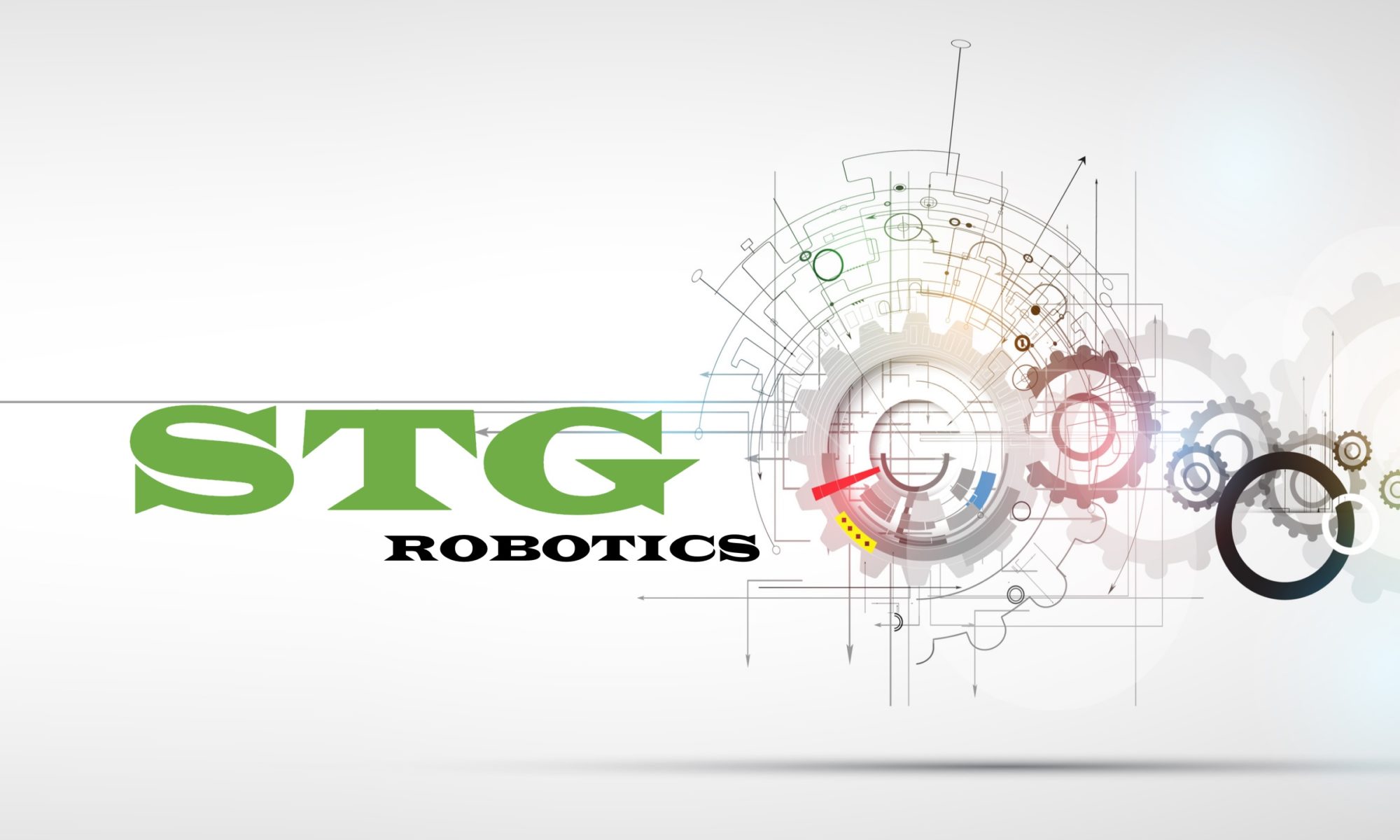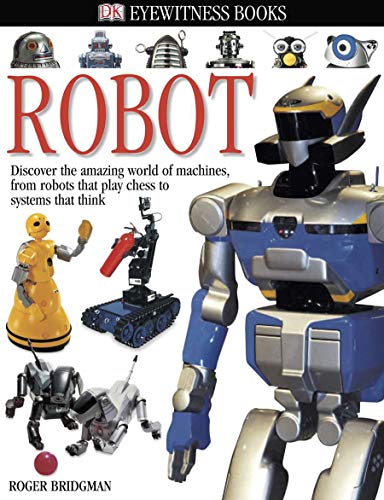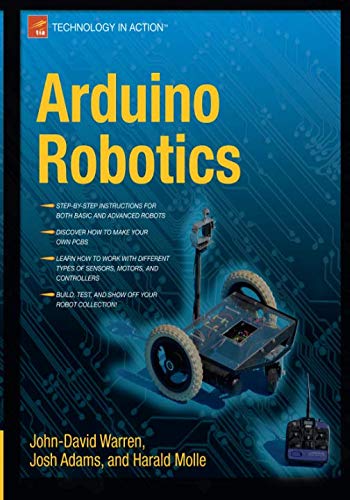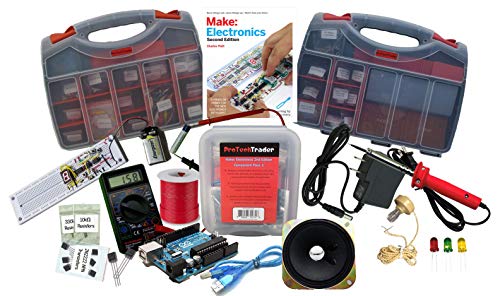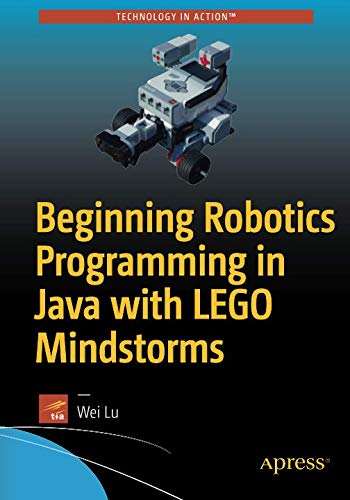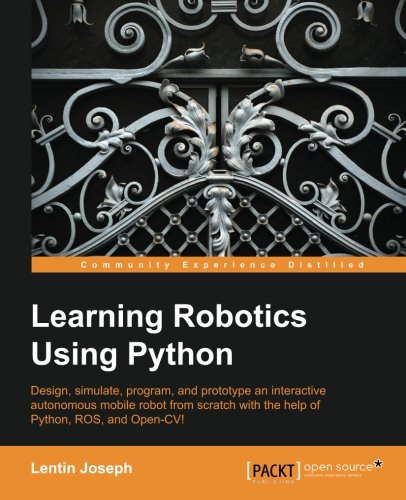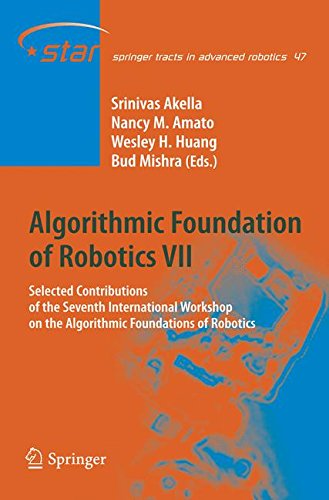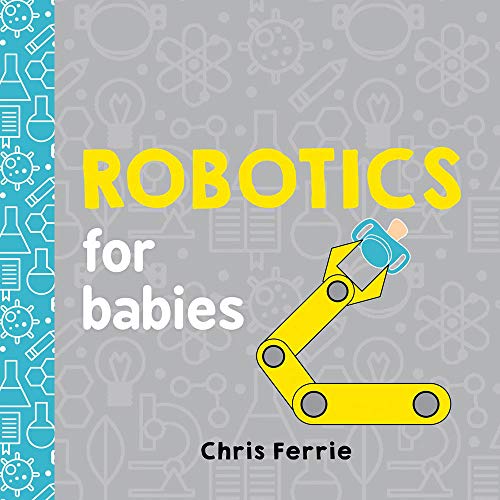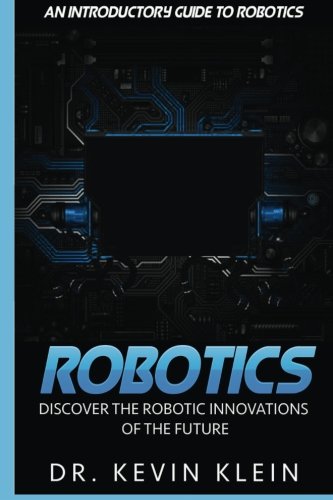Ultimate Make: Electronics Kit Bundle – Includes the Full Set of 3 Electronics Kits & and Make: Electronics 2nd Edition Paperback Experiment Project Book by Charles Platt Everything you need for a beginner to start learning basic electronic circuits with the best selling educational electronics book for 3 Years and counting, Make: Electronics. Our kits were designed from the ground up for the Make: Electronics book as we worked with the author, Charles Platt, directly to make our kits the perfect match for his experiments. ProTechTrader Kits are the only component packs approved by the author that covers all experiments in the book including the most interesting Chapter 5 experiments were you will learn to program a Arduino Uno R3 microcontroller to control other electronic circuits. Please Note some non-electronic components, such as a ordinary lemon and galvanized metal bracket could not be included with the kits. The kits literally include 100s and 100s of parts that is too long to list all of them, but here are some to get you started: Resistors, Capacitors, Diodes, Transistors, Speakers, Soldering Iron, Solder, Breadboard, Printed Circuit Board, Integrated Circuits, Timers, Decade Counters, LEDs, Piezoelectric Element, Alkaline Batteries, Multimeter, Alligator clips, Test Leads, Arduino Uno Microcontroller, Hook-up Wire, Antenna Wire, Tactile Switches, Relayes, Fuses, Slide Switches, Toggle Switches, Potentiometers, Germanium Diode, and much much more! All kits are hand assembled in the US were parts are individually bagged and labeled for convenient easy access. It is our goal to make sure you enjoy the experiments and have fun while learning electronics. Includes our family business satisfaction guarantee. We will replace any defective parts, and provide excellent service and support on our kits and the experiments so you can rest assured help is just a e-mail or phone call away with us.
